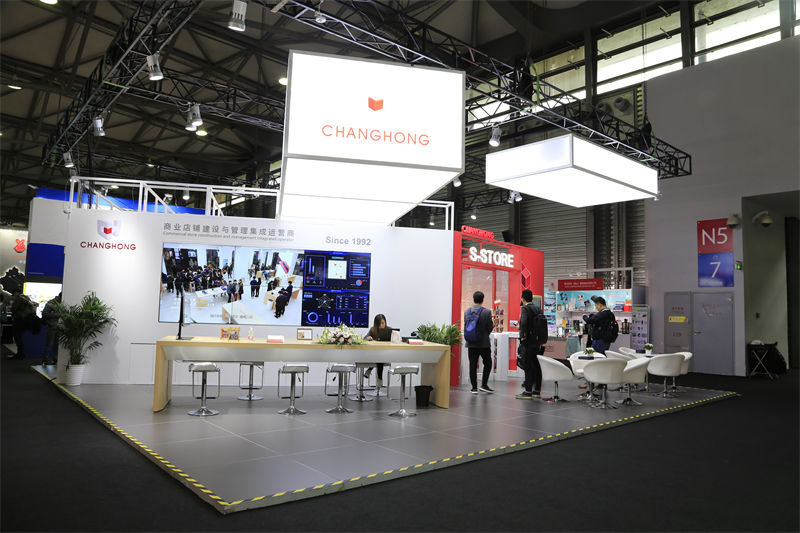Dec . 22, 2024 02:01 Back to list
shop planning
Shop Planning A Comprehensive Guide to Effective Retail Management
Shop planning is a crucial aspect of retail management that encompasses the strategic layout and organization of a retail space to maximize sales, customer satisfaction, and efficiency. Understanding the nuances of shop planning can significantly impact a retail business's performance, helping it stand out in an increasingly competitive market. This article will explore the importance of shop planning, the key elements involved, and best practices for creating an effective retail environment.
The Importance of Shop Planning
Effective shop planning goes beyond simple organization; it is about creating an inviting atmosphere that encourages customers to explore, interact, and ultimately make purchases. Well-planned retail spaces can lead to increased foot traffic, higher conversion rates, and enhanced customer loyalty. In contrast, poor planning can result in disorganized layouts, confusing navigation, and dissatisfied customers. Therefore, investing time and resources into shop planning is essential for sustaining a successful retail business.
Key Elements of Shop Planning
1. Store Layout The layout of a shop is foundational to its design. There are various layout types to consider, including grid, racetrack, and free-form layouts. Each layout has its advantages and is suited to different types of retail environments. For example, a grid layout is ideal for grocery stores as it allows for easy navigation, while a free-form layout may be more appropriate for boutique shops, encouraging exploration of merchandise.
2. Zoning Zoning involves categorizing different areas within the store to highlight specific products or services. This could mean creating distinct areas for promotions, new arrivals, or seasonal items. Effective zoning not only helps customers find what they need but also showcases particular goods, drawing attention and prompting purchases.
3. Merchandising Visual merchandising is an integral component of shop planning that focuses on how products are displayed. This includes product placement, signage, and promotional displays. Eye-catching visuals and strategic product placements can influence customer behavior, encouraging impulse buys and enhancing the overall shopping experience.
shop planning

4. Customer Flow Understanding how customers move through a space is vital for shop planning. Analyzing traffic patterns can help retailers identify bottlenecks and optimize the placement of checkout counters, promotional displays, and high-demand products. A seamless flow can reduce congestion and enhance customer satisfaction, ultimately leading to increased sales.
5. Lighting and Atmosphere The ambiance of a retail space plays a pivotal role in customer experience. Proper lighting can highlight products, create moods, and influence purchasing decisions. Retailers should consider the emotional impact of their store's atmosphere, utilizing factors such as music, color schemes, and temperature to create a welcoming environment.
Best Practices for Effective Shop Planning
- Conduct Market Research Understanding the target demographic is crucial in shop planning. Researching customer preferences, shopping habits, and local competition can provide valuable insights that inform layout, product selection, and merchandising strategies.
- Utilize Technology In today’s digital age, leveraging technology can enhance shop planning efforts. Tools such as digital modeling software allow retailers to visualize layouts and test different configurations before implementation. Additionally, point-of-sale systems can track customer behavior, providing data to refine layout and product offerings.
- Regular Feedback and Adaptation Retail environments should not remain static. Regularly soliciting feedback from customers and staff can identify areas for improvement. Adapting layouts and merchandising strategies based on this feedback can help retailers stay relevant and meet changing customer needs.
Conclusion
In conclusion, effective shop planning is vital for any retailer seeking to enhance customer experience and drive sales. By focusing on key elements such as layout, zoning, merchandising, customer flow, and atmosphere, retailers can create a compelling environment that attracts and retains customers. Emphasizing market research, technology, and responsiveness to feedback ensures that the shop remains agile in a dynamic retail landscape. Ultimately, the effort put into shop planning can yield significant returns, helping retailers create spaces that are not only functional but also enjoyable for consumers.
-
Optimize Retail Displays With Advanced Rack Fitting For Shop
NewsAug.22,2025
-
Showcase Your Products Effectively With a Premium Portable Showcase
NewsAug.22,2025
-
Transform Your Retail Space With a Premium Shopfitting Store
NewsAug.22,2025
-
Transform Your Store With Premium Retail Shop Fittings
NewsAug.22,2025
-
Maximize Retail Display with Slatwall Solutions
NewsAug.22,2025
-
Shopfitting Shop — Creating Efficient and Attractive Retail Spaces
NewsAug.22,2025


















































































































